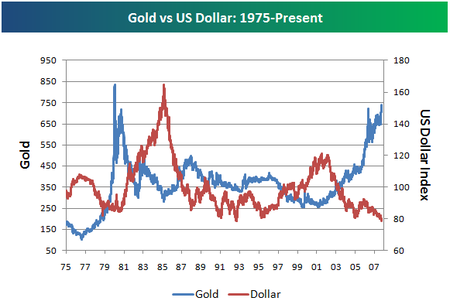Safe Haven Assets in Financial Markets

Please note that we are not authorised to provide any investment advice. The content on this page is for information purposes only.
Over the last decade, we have seen several instances where most market investors have been caught off-guard and surprised by new developments. Most notably, the stock market events of 2008-2009 were some of the most significant in recent memory — and this has led many investors to feel skittish when looking to establish new investment positions.
Over the last decade, we have seen several instances where most market investors have been caught off-guard and surprised by new developments. Most notably, the stock market events of 2008-2009 were some of the most significant in recent memory — and this has led many investors to feel skittish when looking to establish new investment positions.
However, it should be remembered that market shocks have occurred in the past — and there are somewhat predictable ways for how the market is likely to respond to times of increased price volatility. Here, we will look at two of the most important assets involved in these equations: gold and the US Dollar.
Chart View: Gold and the US Dollar
Source: DailyForex
In the chart above, we can see how both gold and the US Dollar have performed in relative terms over the last few decades. It is important to remember here that since gold is priced in US Dollars, the two assets share a somewhat inversely correlated relationship in terms of their own trends. However, what we can see from this chart is that at least one of these assets (if not both) have shown positive activity during times of increased turmoil in the market.
Traditional Market Viewpoints
On the surface, it might be difficult to understand why assets like gold and the US Dollar would rally during periods of generalized economic instability. A good portion of the rationale stems from the ways the financial markets have traditionally viewed these assets. There are not many investment vehicles that have a longer history than gold, and this tends to bring in buyers when the rest of the financial environment appears uncertain.
At the same time, the US Dollar is still the world’s reserve currency and this ultimately means that it is the most liquid currency that is available in the financial trading markets. This puts the greenback in a unique position in terms of the ways it is viewed by investors, as it tends to be currency associated with stable trend moves (usually avoiding excessive volatility) and low transaction costs. All of the most commonly traded world currency pairs include the US Dollar. We can see this, for example, in the EUR/USD, GBP/USD, and USD/JPY, so this is likely to be a characterization that lasts for many years to come.
In all, it makes sense to understand which assets are likely to gain when other markets are falling. In general, assets like gold and the US Dollar tend to rise in value when the stock market is falling — and this extends to commodities assets like oil as well. So the next time you start seeing surprise declines in global stocks, it makes sense to at least monitor activity in these areas in order to see if the historical tendencies still hold weight.





